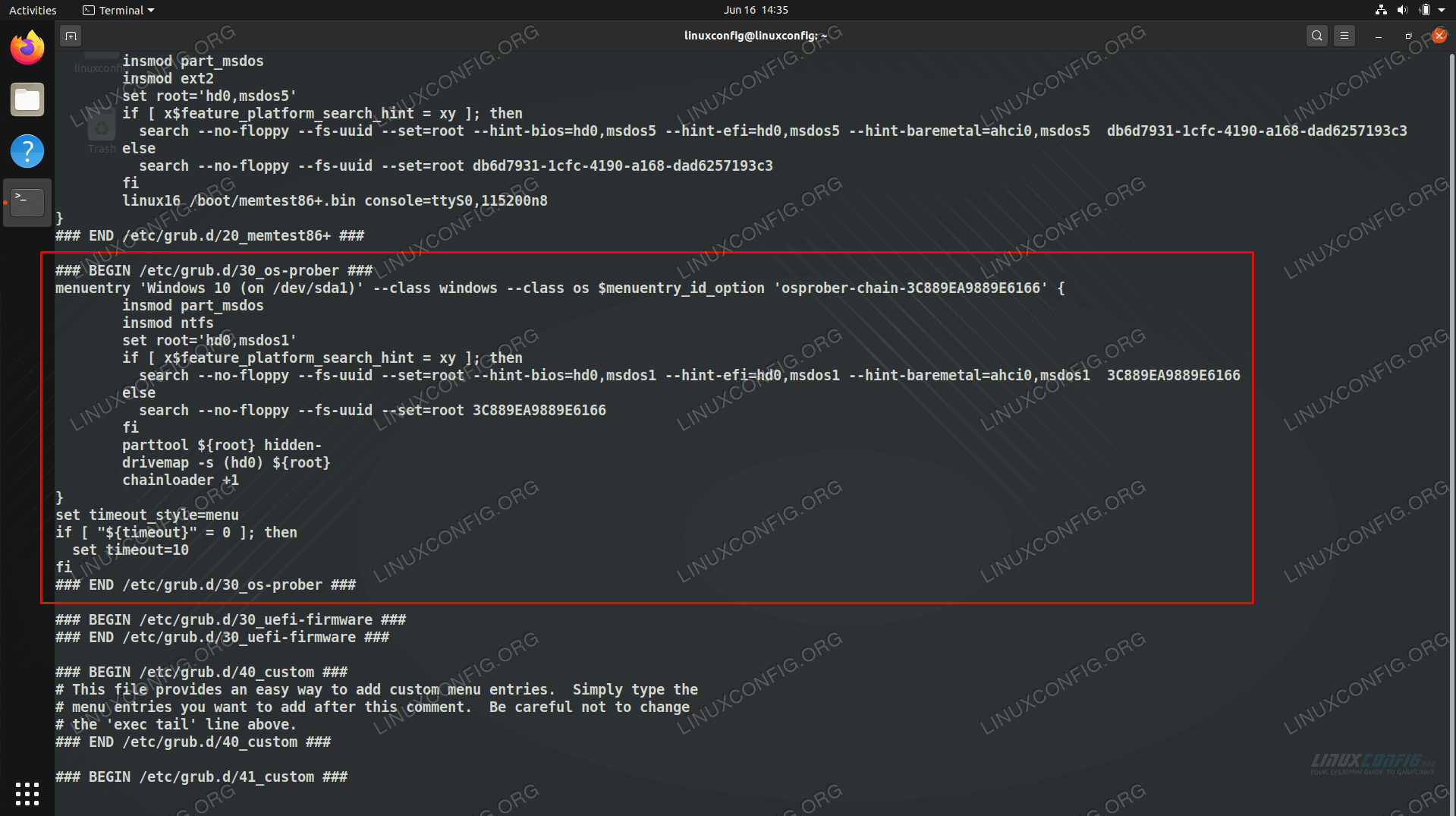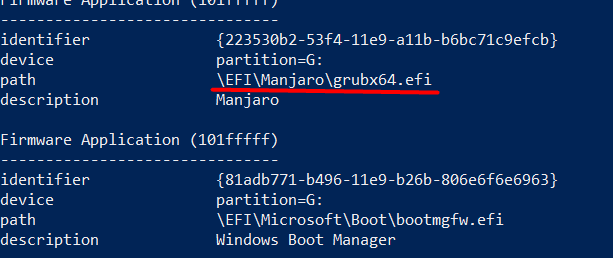

list volumes on selected disk with list vol.select the disk that hosts your windows OS with sel disk #.If so, I always have to use diskpart in windows to remove the Ubuntu option after Ubuntu is removed, the method I use is detailed here: Step - 9 - Restart your system and you will find windows started without facing grub loader issue.Was this your only Linux install and you are trying to change your system back to use solely Windows? Step 7 - Now observe the identifier in the image which has value and you will get operation successfully completed message. Step 6 - Scroll down below and find the EFI partition for ubuntu as shown in below image. You will get a listing like as shown in image. Step 5 - In command prompt console type bcdedit /enum firmware Step 4 - Go to your command prompt and run as administrator. either to create a new simple volume by right clicking on un-allocated drive or extend the E drive (in your case it may be some other preceding drive (drive just before un-allocated one.)) by right clicking on E drive and select extend volume option.(as shown in image). Step 3 - After deleting the partition you will see un-allocated space is there. Now right click on the partition where your ubuntu is isntalled and delete the partition. Step 2 - It will open a disk management window and you will see several partitions. It will open a run window as shown in image. Type rmdir /S ubuntu to delete the ubuntu boot directoryĪssuming you only ever had two operating systems (Win 10 & Ubuntu) you should now be able to boot directly to Windows without hitting the black grub screen.Type cd EFI and then dir to list the child directories inside EFI.If you are in the right place, you should see a directory called EFI.Type dir to list directories on this mounted EFI partition.While still in the cmd prompt, type: Z: and hit enter, where Z was the drive letter you just created.For convenience, assign a drive letter by typing: assign letter=Z: where Z is a free (unused) drive letter.Select the EFI volume by typing: sel vol Y where Y is the SYSTEM volume (this is almost always the EFI partition).

Type list vol to see all partitions (volumes) on the disk.Type: list disk then sel disk X where X is the drive your boot files reside on.Run a cmd.exe process with administrator privileges.

(This answer borrowed verbatim from here) Where bootrec /fixmbr, bootsect /nt60 and the Ubuntu live with the boot-repair suggestions have failed, this has worked for me: This answer is for those with UEFI who have deleted the Ubuntu partitions before removing grub


 0 kommentar(er)
0 kommentar(er)
